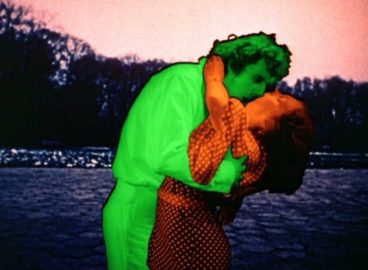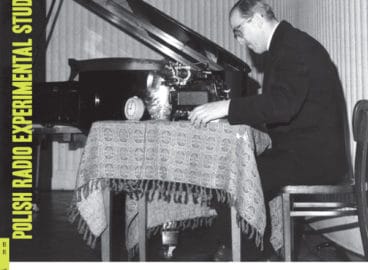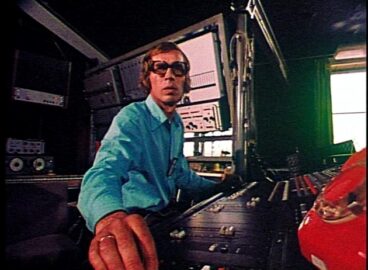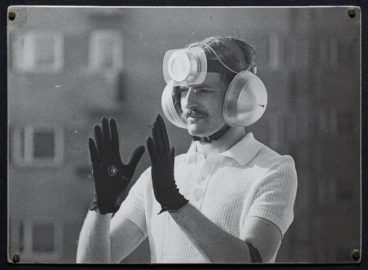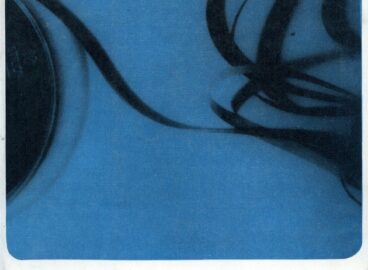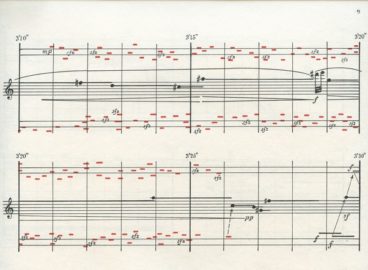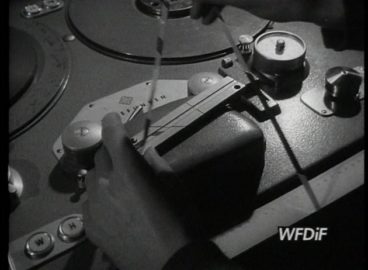Magnetic Tape as Instrument: A Rare Selection of Electroacoustic Music from Poland
Listen to 23 music compositions created at Polish Radio Experimental Studio by both the foreign and local composers. Starting with Kotoński’s Study, the first autonomous piece of music for tape produced at PRES in 1959, the presented selection leads through the 1960s, 1970s, and 1980s.


